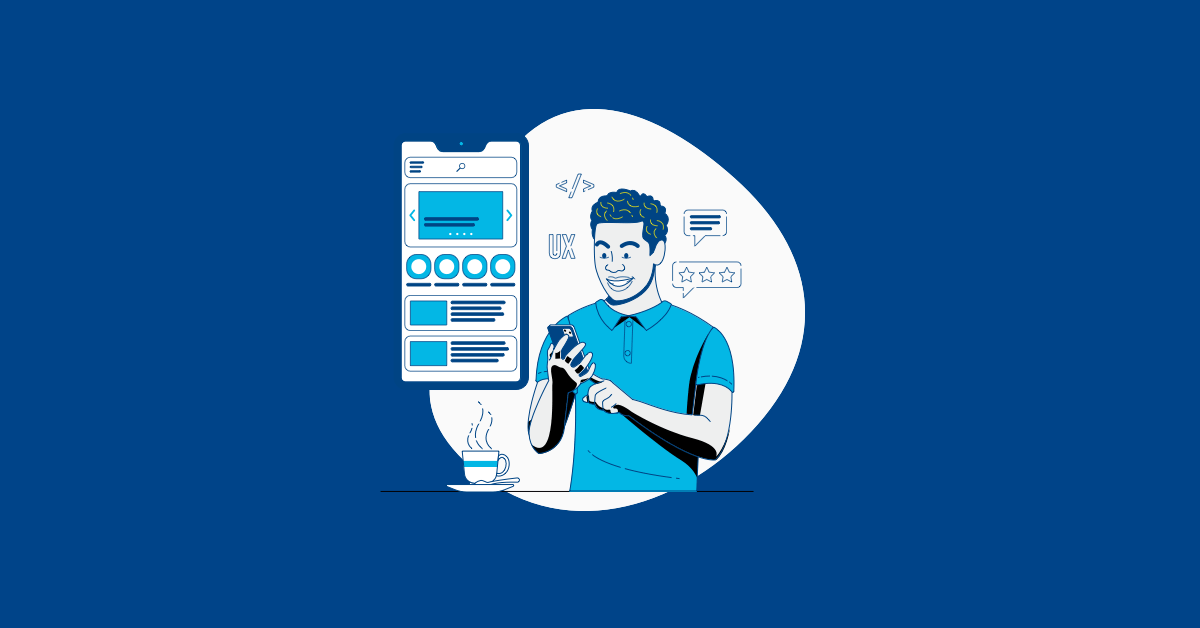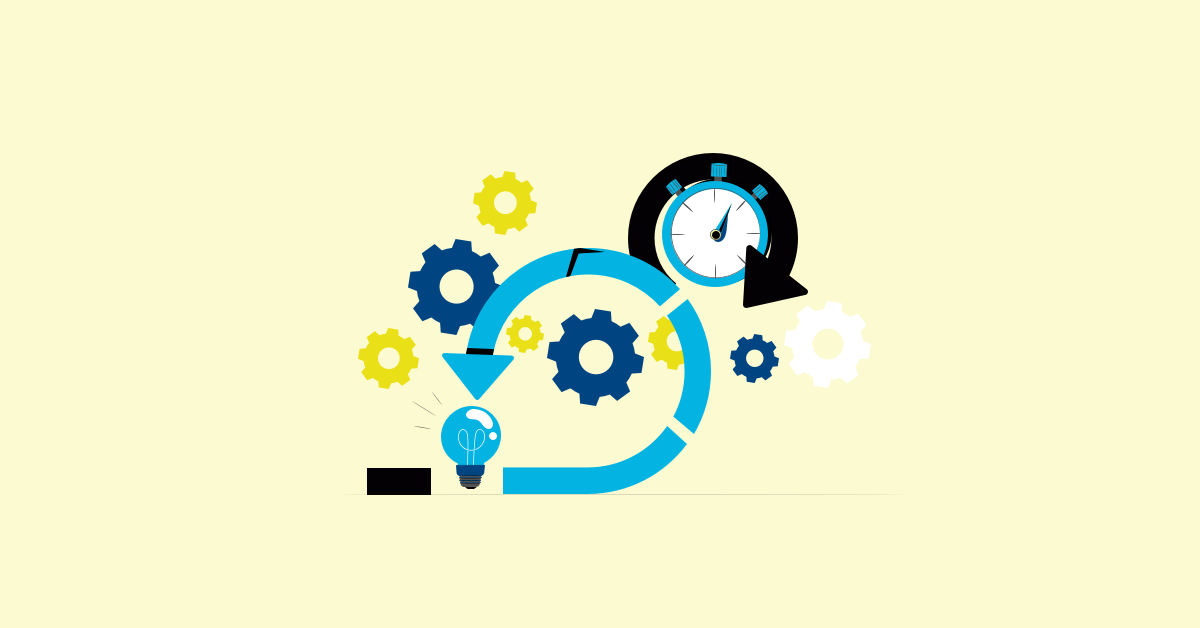Continuous testing is essential to the software development process, but knowing where to stop can be difficult. Testing will never be completed before deadlines and cannot be a comprehensive practice.
There are natural, time-based, and financial limitations of testing in software testing that are simply unavoidable, so navigating them is a skill that needs to draw upon the knowledge and experience of your teams to focus your resources where they’re most effective.
With this informed focus, it will be possible that deadlines can be met and that launched software will be up to the relevant standards. We’ve got five of the major limitations of testing in software testing coming up and how to work with them. First, here’s what testing should be and why it isn’t.
Ideal Outcomes in Software Testing
In an ideal world, software testing will ensure that a system is ready to use under all conditions. Good test coverage ensures that all areas, such as functionality, compatibility, and performance, are covered by the testing and that the application is deemed reliable. Ideally, testing also determines that deployment can be achieved easily and without roadblocks.
Essentially, the ideal outcome of software testing is an application that’s easy to install, understand, and use, while also working as expected under real-world scenarios.
The major objectives of software testing could be summarized as follows:
- Spotting bugs
- Ensuring quality
- Avoiding future defects
- Assuring the product is fit for purpose
- Ensuring compliance with relevant requirements
- Creating a valuable product for customers
What Are the Limitations of Testing?
Testing run throughout development provides a framework that streamlines the process while maximizing the quality of the end product. While this should result in a product that works effectively and consistently, handling every surprise input that’s thrown at it, there are limitations to the testing process. Balancing these is about knowing how much testing is enough and what type of testing is necessary to get as close to these ideal outcomes as possible.
Limitations of Testing in Software Development
There are certain limitations of testing in software testing that need to be considered such as incomplete test coverage, the presence of undetectable errors, time and resource constraints, reliance on test data, and the inability to guarantee absolute correctness. It’s important to acknowledge these limitations and implement strategies to mitigate their impact during the testing process.
Key Limitations of Testing in Software Development:
- Testing cannot typically uncover things that are missing or unknown:
Tests can be written to find and identify known issues. Still, if there are issues that aren’t well understood, there’s no way to design an appropriate test to find them. Therefore, testing simply cannot guarantee that an application is free from errors.
- It’s impossible to test for all conditions:
There is effectively an infinite number and variety of inputs that can go into an application, and testing them all, even if theoretically possible, is never going to be practical. Testing must cover the known probable inputs, and this is a balance between quality and deadlines.
- Testing usually gives no insight into the root causes of errors:
These causes need to be identified to prevent repeating the same mistakes in the future. Yet, testing will only tell whether or not the issues are present.
Other limitations:
- Time and resource constraints:
Limited time and resources may restrict the extent of testing that can be performed.
Testing relies on the availability of representative and comprehensive test data for accurate results.
- Inability to guarantee absolute correctness:
Testing can provide confidence in the software’s functionality, but it cannot guarantee that it is entirely error-free.
In summary, the limitations of testing in software testing come from practical, financial, and time restrictions. The result of these restrictions is a set of hard truths that testing cannot be exhaustive, can only be completed to a particular budget, and will always be a compromise between the release date and the quality of software.
So, how do you compensate for these limitations of testing?
How to Overcome the Limitations of Testing in Software Development
The first thing to understand is that these limitations exist in every piece of software that’s ever been released. The best applications from the most diligent developers all shared these limitations of testing, so it should be immediately obvious that they don’t have to be feared. Instead, knowing how to mitigate them is the key to making high-quality products that meet deadlines and satisfy customer needs.
Let’s go over the three limitations we listed above and how to overcome them.
1. Testing cannot typically uncover things that are missing or unknown.
The obvious solution to this problem is to know as much as possible about what to expect. Of course, this might be easier said than done. Still, when you consider that testing is as complex and difficult as the engineering process itself, it seems reasonable to assign an equally-qualified team to the testing process.
There will always be unknown unknowns, but with an experienced team of testers, you’ll have a wealth of insights into what to expect and what to test for, and this dramatically reduces the number of unknown errors that will slip through the cracks.
2. It’s impossible to test for all conditions.
The key to working around this issue is finding the balance between testing speed, accuracy, scope, and budget for your particular software. Automation solves many problems for smaller tests running numerous times. If you’ve designated enough resources to your testing team, you’ll solve many problems by identifying what conditions to test.
Modern software is usually too complex to test in every feasible way and still release on a competitive schedule, so learning to prioritize the requirements and functions that are most likely to contain critical errors is the key.
Another important thing to keep in mind is the potential for requirement-specification changes down the line. If you design your tests with maintenance in mind, you’ll cover many future testings needs too.
3. Testing usually gives no insight into the root causes of errors.
For this, your testing methodologies need to incorporate or at least accommodate root cause analyses. These typically involve defining the problem, brainstorming the possible root causes, and implementing corrective procedures to fix it. From there, your testing processes need to be altered to prevent the cause from being repeated.
Of course, the best way to avoid this process is to make testing something that happens early and often and build the software with as few possible errors. Still, when errors inevitably appear, it’s important to know how to use them as a learning process and a way to improve your processes.
So, working around the limitations involves targeting your testing approach with the most powerful tools available to you. Whether that’s a highly-experienced team for testing or the most up-to-date automation solutions, it’s generally a matter of coming in prepared to do the best you can under the circumstances.
In this way, your testing objectives and attitudes should be aligned with what is optimal rather than what is perfect, the latter of which is a physical impossibility.
Conclusion
So, testing should ensure that a product is fit for purpose and can handle anything the customers throw at it without compromising quality, speed, or reliability. And while it’s impossible to guarantee this, it’s certainly possible to get very close.
Anticipating future needs is a skill that comes with experience, and helps create future-proof software, so using the right people is a must.
The key to making the optimal software is to know where, how, and how much to test and factor the limitations into your testing strategy. Where necessary, root cause analyses can identify and inform necessary corrective procedures, and continuous testing by a qualified team should go a long way to keeping development on track.
FAQs
Can all limitations of software testing be completely overcome?
While it is challenging to completely overcome all limitations, organizations can mitigate their impact through effective strategies and approaches.
How can organizations enhance their software testing efforts?
Organizations can enhance their software testing efforts by prioritizing test coverage, investing in robust test environments, combining automated and manual testing, fostering collaboration, and embracing exploratory testing techniques.
What are the risks of not addressing these limitations?
Not addressing these limitations can result in undetected defects, decreased software quality, compromised user experience, and potential negative impacts on the organization’s reputation and business.




